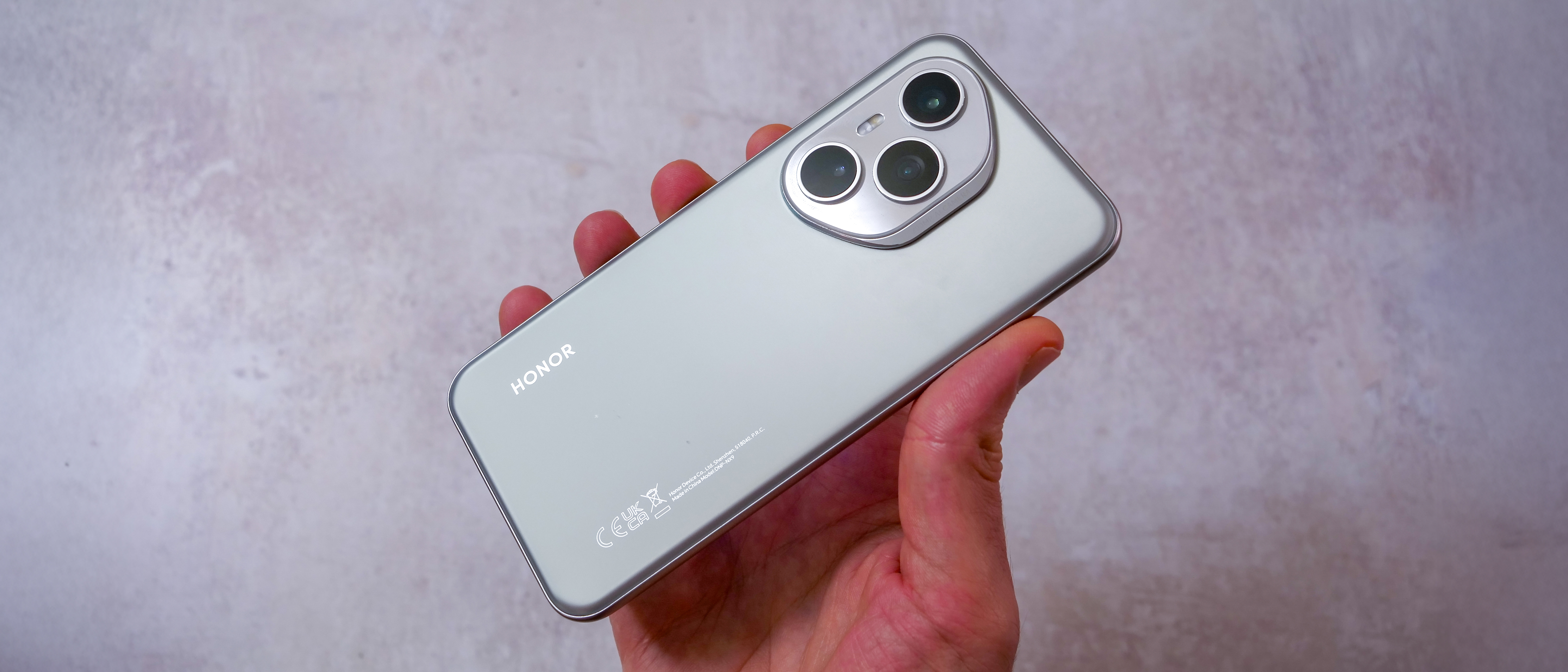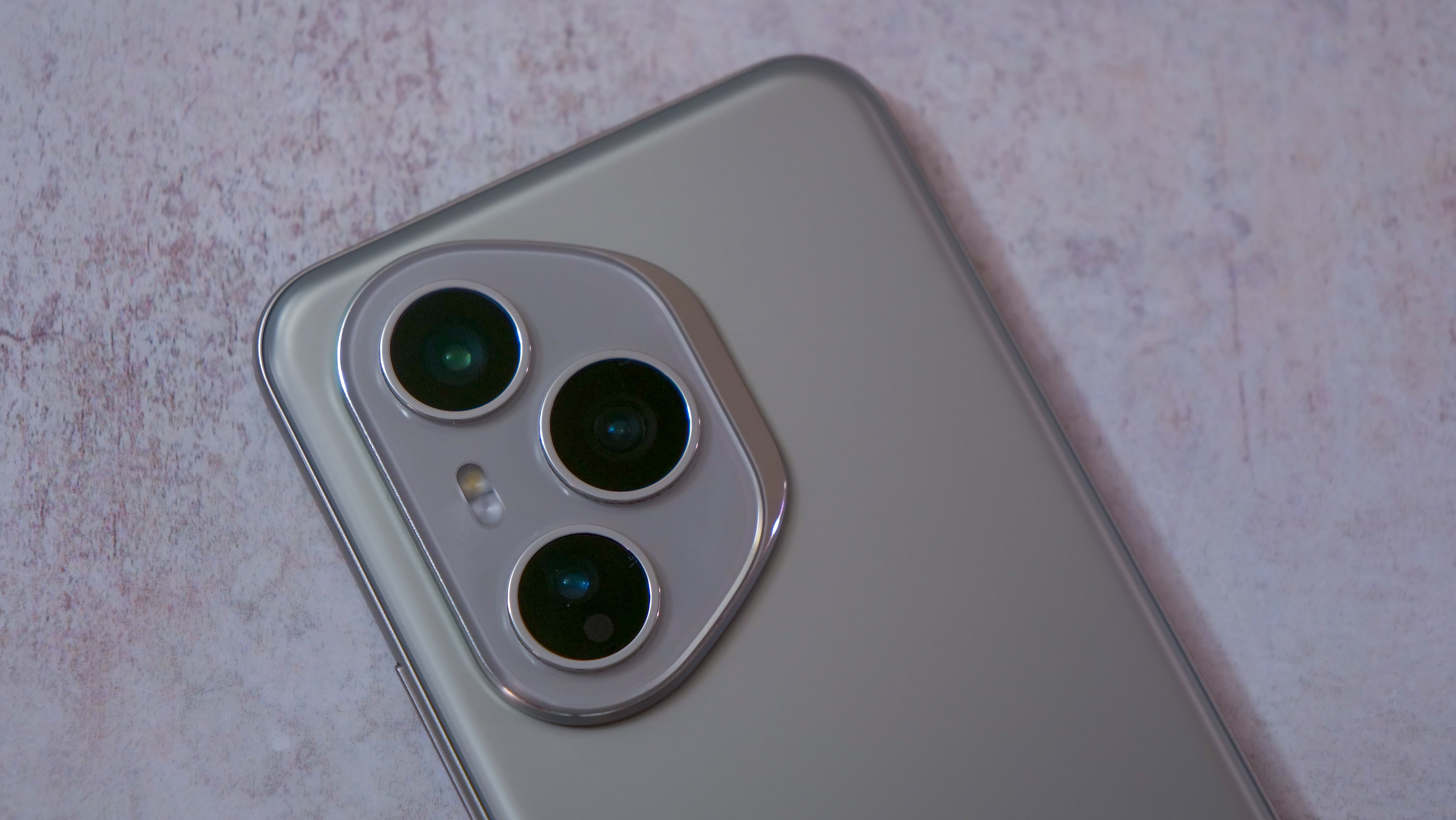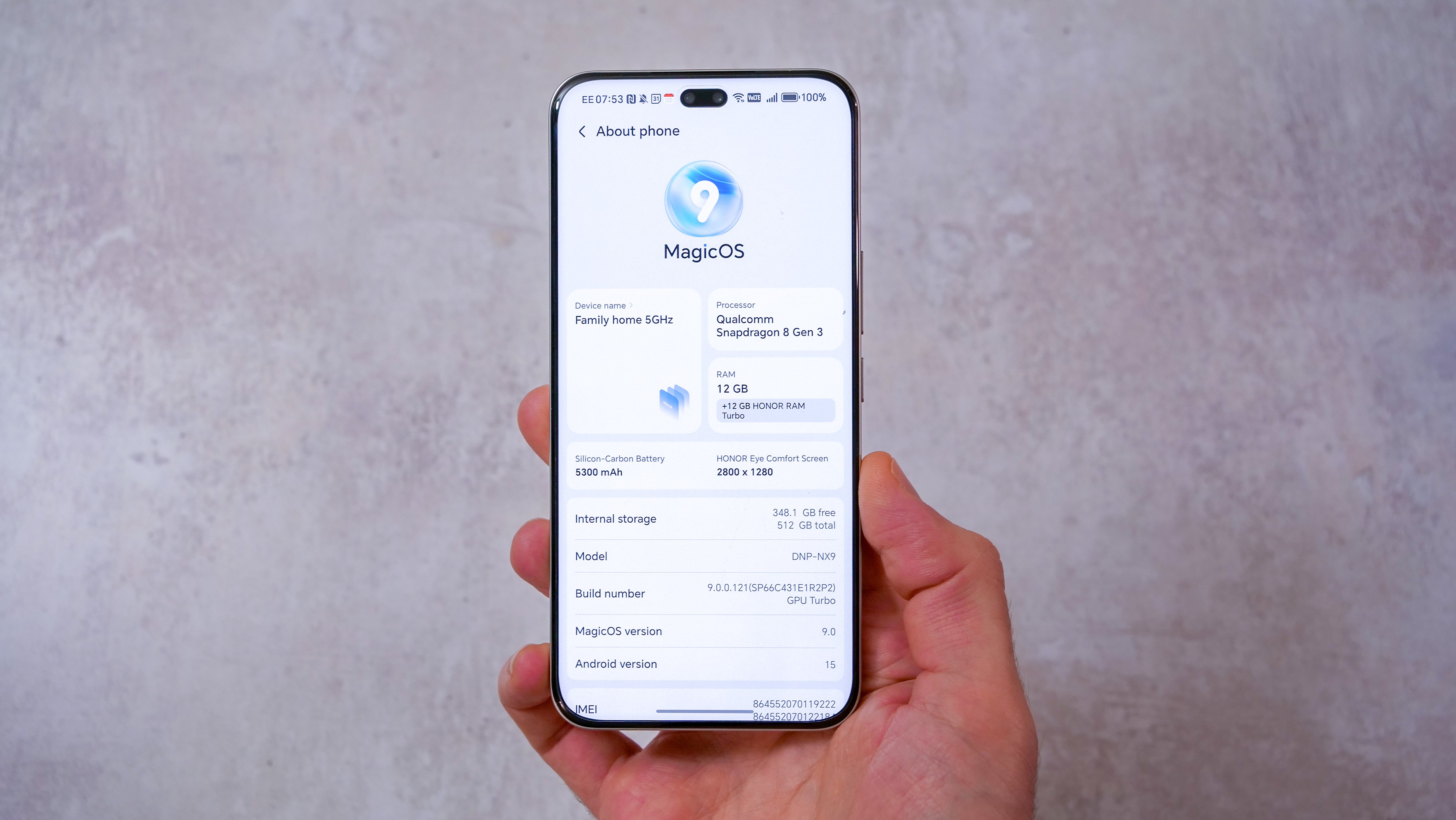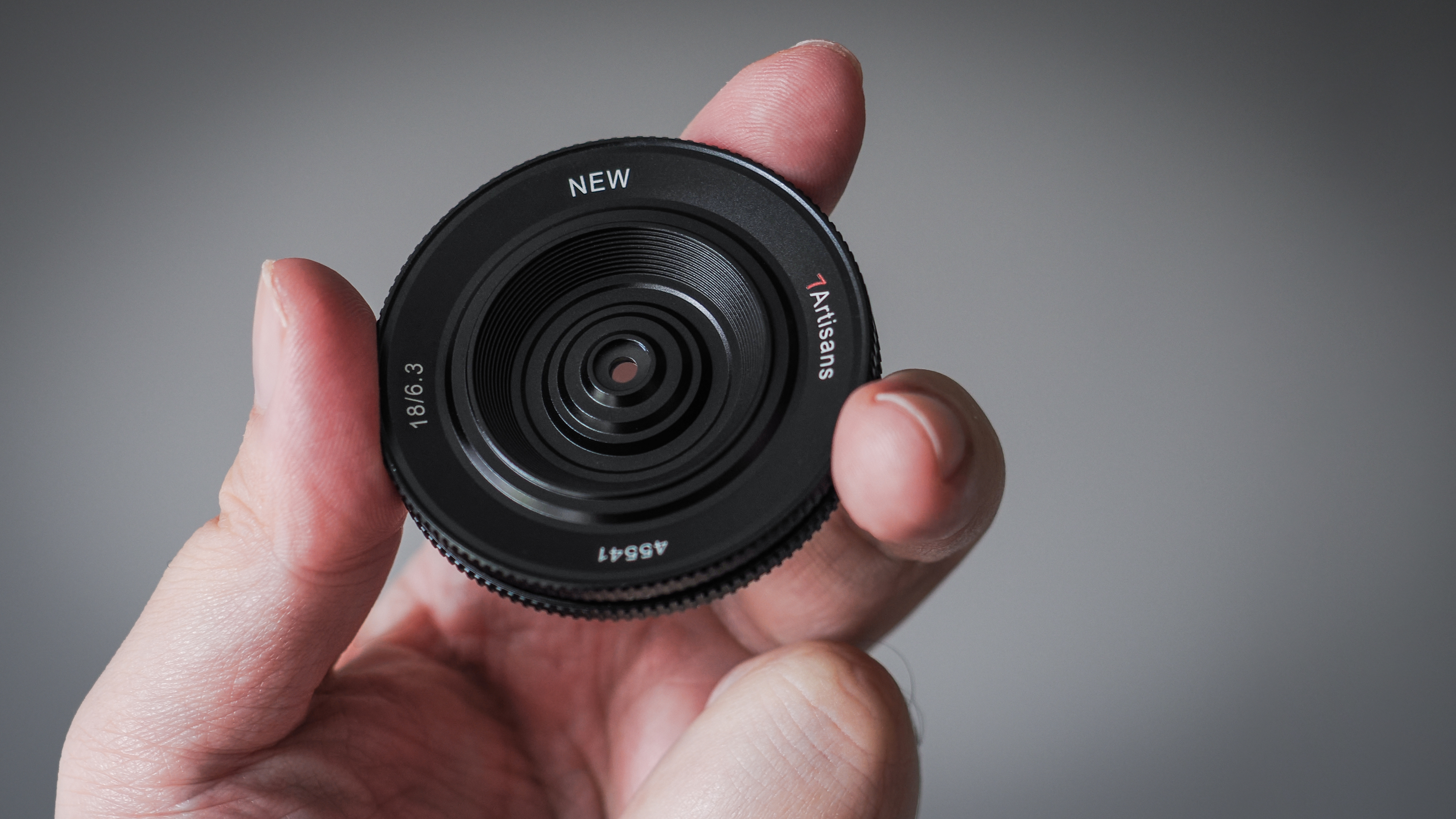Digital Camera World Verdict
The Honor 400 Pro is value-packed. Relatively light and good-looking, it has great battery life, fast wired and wireless charging, a quality screen, and it’s powerful enough for top-tier 3D gaming. Photo processing can be heavy-handed, forcing you into Pro mode for RAW capture. The interface also has a few niggles, most notably the aggressive battery saver, but if those don’t faze you, the 400 Pro is one of the most fully-featured phones at its price.
Pros
- +
Fast wired and wireless charging
- +
Powerful and snappy
- +
Competitive camera system
- +
Bright, sharp screen
Cons
- -
Very aggressive HDR in auto mode
- -
Too quick to shut down background apps
- -
No ultra-wide 60fps video
- -
Weak ultra-wide in low light
Why you can trust Digital Camera World
The Honor 400 Pro is one of those – not particularly cheap and not eye-wateringly expensive – phones that should fit the bill for most on paper. Going toe-to-toe with the iPhone 16e, it gives Android users a huge amount of storage, enough power for top-tier 3D gaming, and some very impressive camera specs for the price.
Spearheaded by a 200MP primary camera with a large 1/1.4-inch sensor, which is flanked by an autofocusing ultra-wide camera and a 68mm telephoto camera with OIS, the Honor 400 Pro looks more complete from an imaging point of view than many pricier alternatives. It also introduces some fun new AI features that can animate stills with more finesse than a TikTok filter.
Looking at what else is on the market at its price, you could spend a bit less and get the Pixel 9a (256GB), Poco F7 Ultra (256GB) or the Motorola Edge 60 Pro (512GB), or you could spend a bit more for a Galaxy S25 (128GB). Whichever you choose, the Honor 400 Pro competes on spec with all four, but how does reality match up?
Honor 400 Pro review: design and screen
Despite ditching the curved screen of last year’s Honor 200 Pro, the 400 Pro still has a streamlined vibe to it thanks too glass on the front and back that curves on all sides into the frame. It’s a large phone, though feels more manageable than flagships like the Galaxy S25 Ultra and iPhone 16 Pro Max thanks to a slightly smaller screen and a plastic frame.
At the base of the Honor 400 is a USB-C port, a dual-SIM slot that pops out with a SIM eject tool, and a loudspeaker. All the buttons are on the right side – a power button and volume rocker – and the IR blaster and second speaker are at the top.
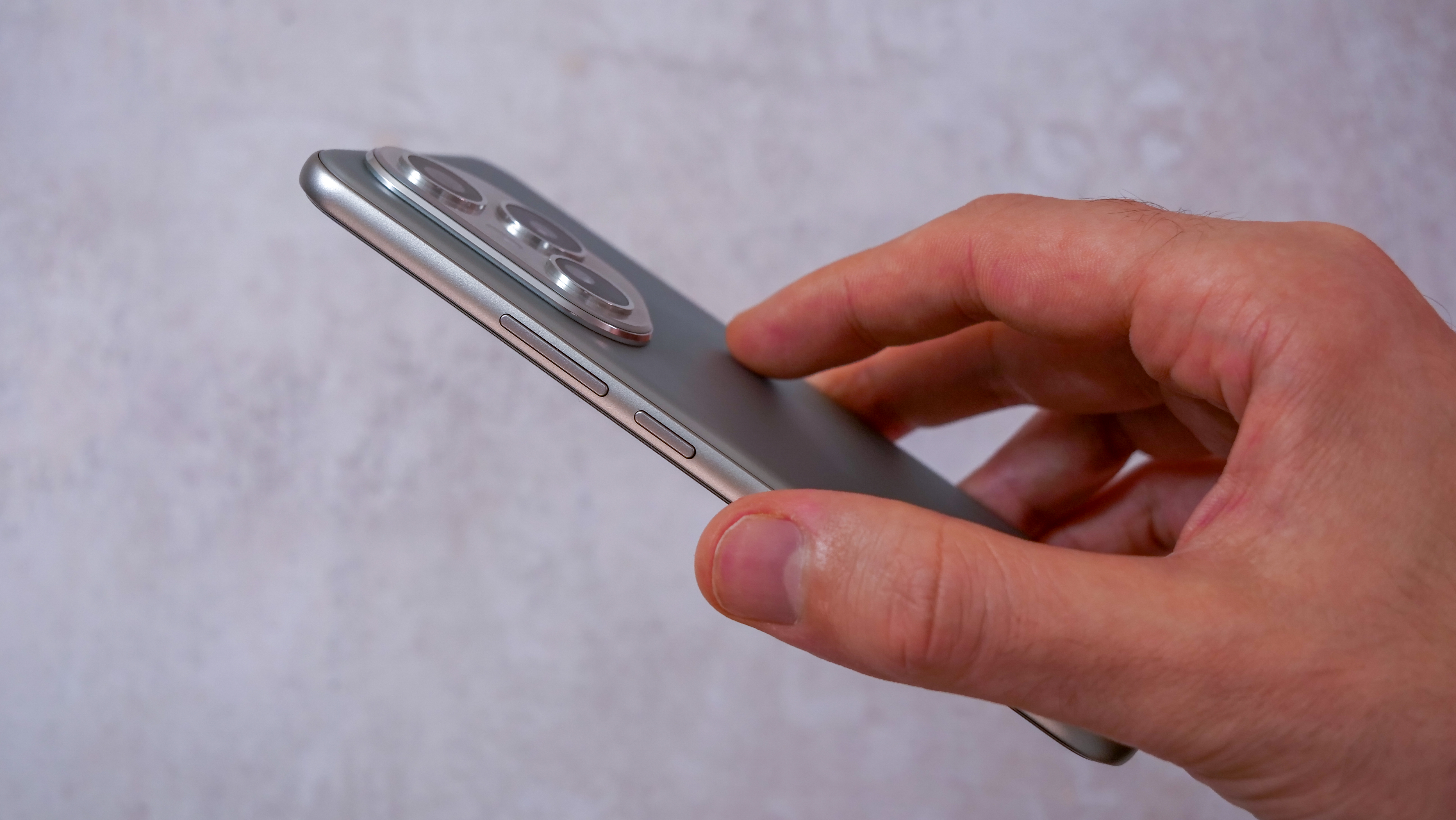
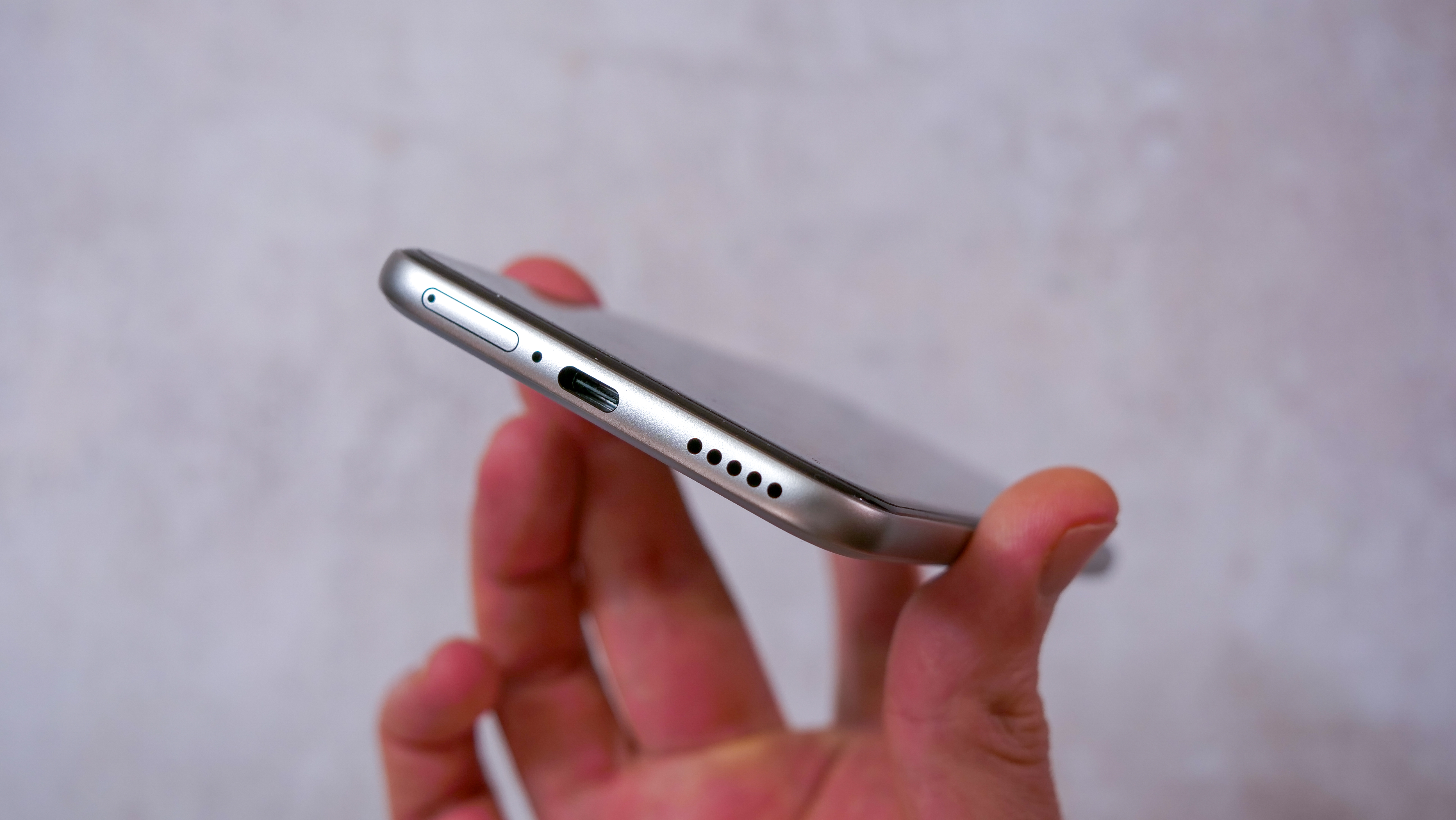
The back of the phone sports an interesting new camera design. Off-center with a polished frame that ramps up to surround the trio of lenses, it’s unique, and works well in a right hand, angled naturally above an index finger. Left-handers may find it a bit more awkward on first use when taking a one-handed shot – it’s easy to cover up a lens with a rogue finger – but on the whole, the phone’s comfortable to hold and use.
With IP68 and IP69-rated water and dust resistance, the Honor 400 Pro is ready for a dunk or a jet spray of hot water and there’s a pre-fitted screen protector out of the box. Available in Desert Gold, Lunar Grey and Midnight Black, the Honor 400 Pro’s finishes are all relatively safe, with frosted glass around the back and a soft, matte plastic frame, both able to fend off fingerprints well.
The best camera deals, reviews, product advice, and unmissable photography news, direct to your inbox!
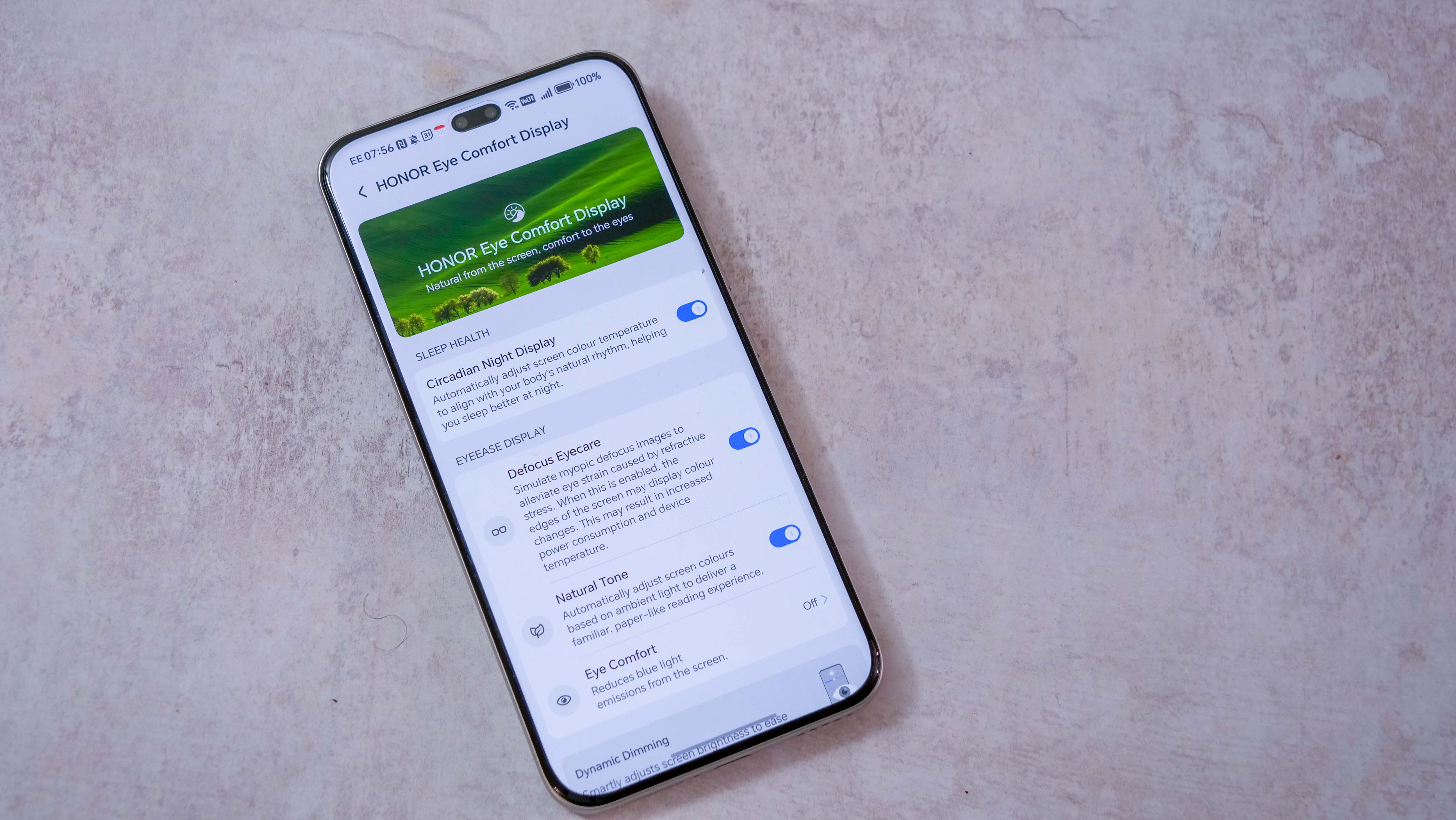
The 6.7-inch AMOLED display loaded up with Honor’s trademark eye care features, climbs up to a peak brightness of 5000 nits when playing back HDR content. It also looks smooth with a 120Hz refresh rate, and the quad-curve on all sides of the screen adds a premium factor to the feel. Nice and sharp with a 1224 x 2700 resolution, the Honor 400 Pro doesn’t drop any balls considering its price, and for anyone particularly focused on eye care, it could be a great shout.
In the display settings, there’s scope to manage color temperature and reduce blue light emissions, as is available on most phones, and trickled down from the flagship Honor Magic 7 Pro, the ability to simulate a defocusing effect that can help keep your eye muscles more nimble. Also worth noting, the front camera is a pill-shaped cutout housing a selfie camera and depth sensor. Visually, it’s more of an imposition than a typical punch hole, but if you’re okay with an iPhone 16 series cutout, you’ll be fine with the Honor 400’s smaller alternative.
All things considered, the Honor 400 Pro is a box-checking exercise in good, but not flagship design, matched with a quality display that's easy to see indoors and out and looks great for watching and gaming on.
Honor 400 Pro review: camera specs
The Honor 400 Pro’s camera hardware stacks up well on paper combining two high-resolution sensors with OIS across the wide and telephoto cameras, and autofocus across all three. The dual front camera combines a 50MP camera with a depth sensor for portrait effects.
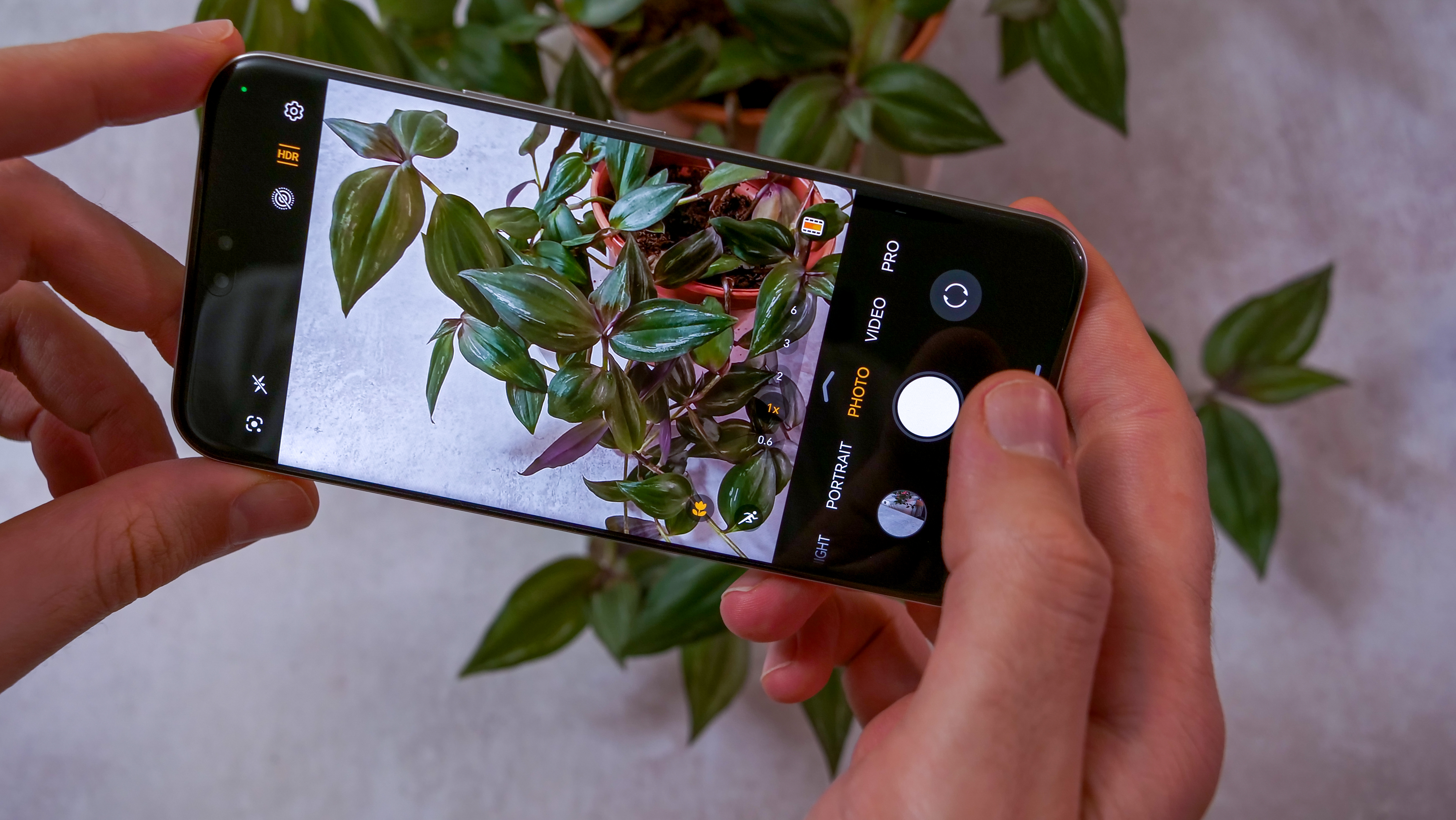
16mm ultra-wide: 12MP sensor, f/2.2 lens with AF
24mm wide: 50MP 1/1.4-inch sensor, f/1.9 lens with AF and OIS
68mm telephoto: 50MP sensor, f/2.4 lens with AF and OIS
21mm selfie (+ 2MP depth sensor): 50MP sensor, f/2.0 lens
Natively, the Honor 400 Pro captures 12MP photos across all cameras, and a high-resolution mode is supported on the primary and telephoto cameras. While Pro mode unlocks manual control across all three rear cameras, if you want to shoot RAW photos, they’re only accessible from the primary camera.
The Honor 400 captures video at up to 4K resolution, 60fps, though only the primary and telephoto cameras hit those heights, with the ultra-wide and selfie cameras capping out at 30fps.
Anyone who’s tried the Honor Magic 7 Pro or RSR Porsche Design may be familiar with Honor’s AI upscaling applied to zoom photos. That’s here too, making the 400 series the first at its price to get the feature. This hands off to the cloud when processing shots beyond 15x, cleaning up pixels, and blur.
Honor 400 Pro: camera review
Honor’s zingy processing and powerful computational photography go all-in to try and get you the shot it thinks you want. Most of the time, photos taken on the Honor 400 Pro look great. In bright environments, dynamic range is pulled out of the highlights relatively respectfully, results are crisp, colors are, for the most part, accurate, and noise is kept at bay in shadows.
Some nice-to-haves include OIS on the 3x telephoto camera and an autofocusing ultra-wide camera. Kicking off with the telephoto camera, at 68mm, it’s a handy equivalent focal length; it focuses as close as around 40cm, making it usable for handheld product photography, and matched with Honor’s AI zoom, punching into the distance is very doable. This makes the Honor 400 Pro arguably the best zoomer in its class.
The autofocusing ultra-wide is a decent addition, doubling up as a macro alternative to the primary camera, handy for a more dynamic perspective and besting the Galaxy S25’s ultra-wide with its versatility. The caveat, however, for both the ultra-wide and telephoto cameras is that they’re much better in bright environments, particularly for moving subjects.
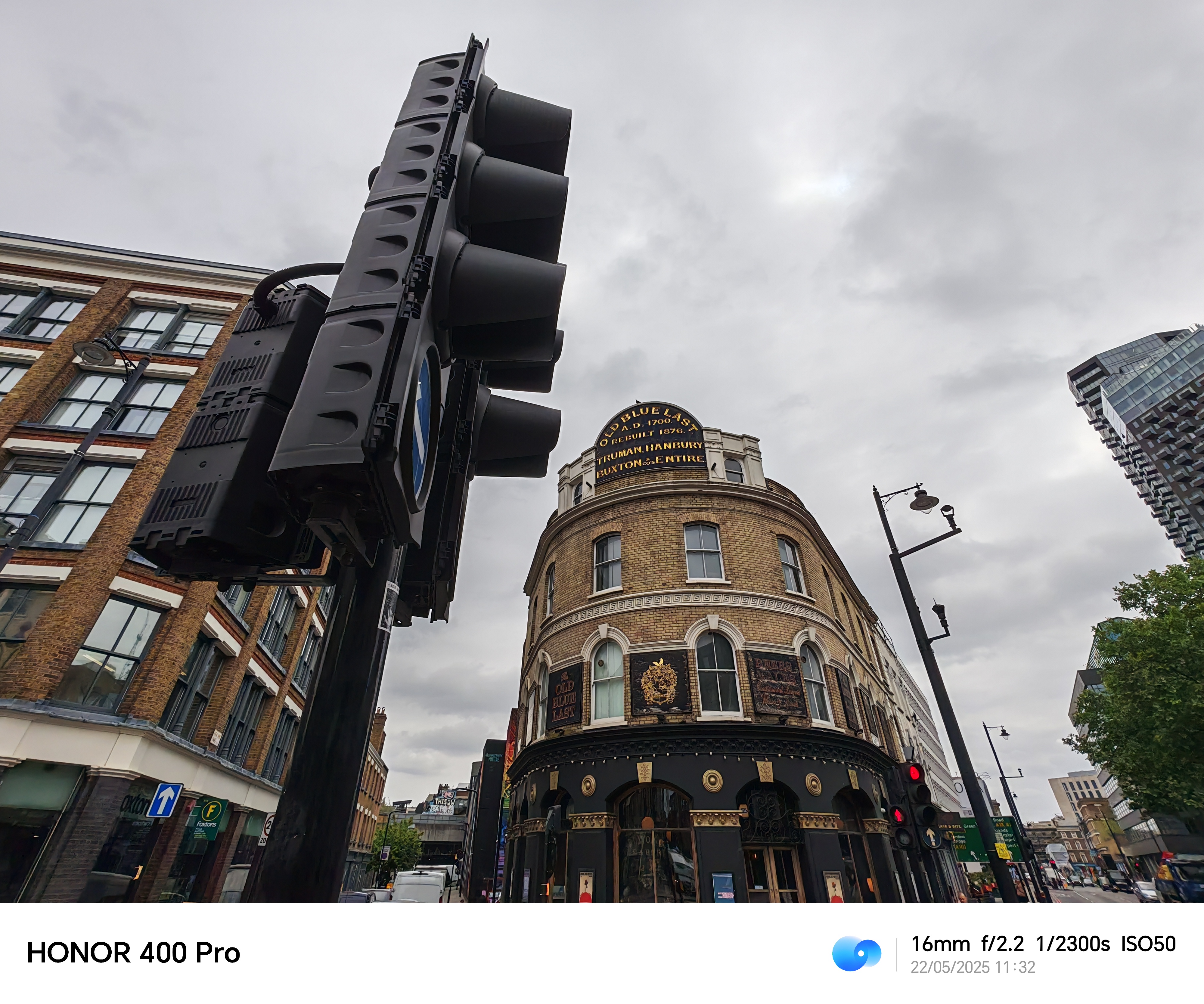
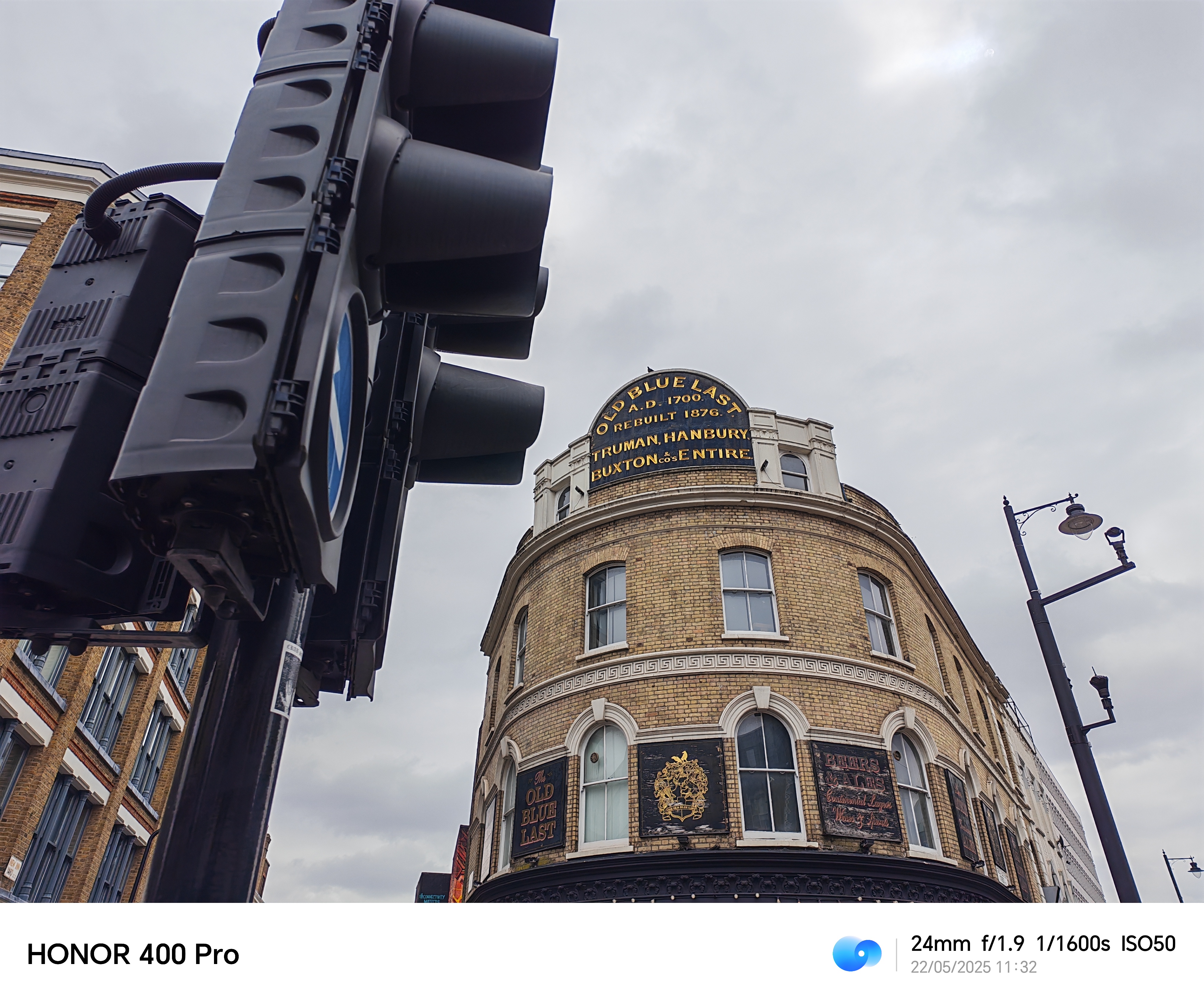
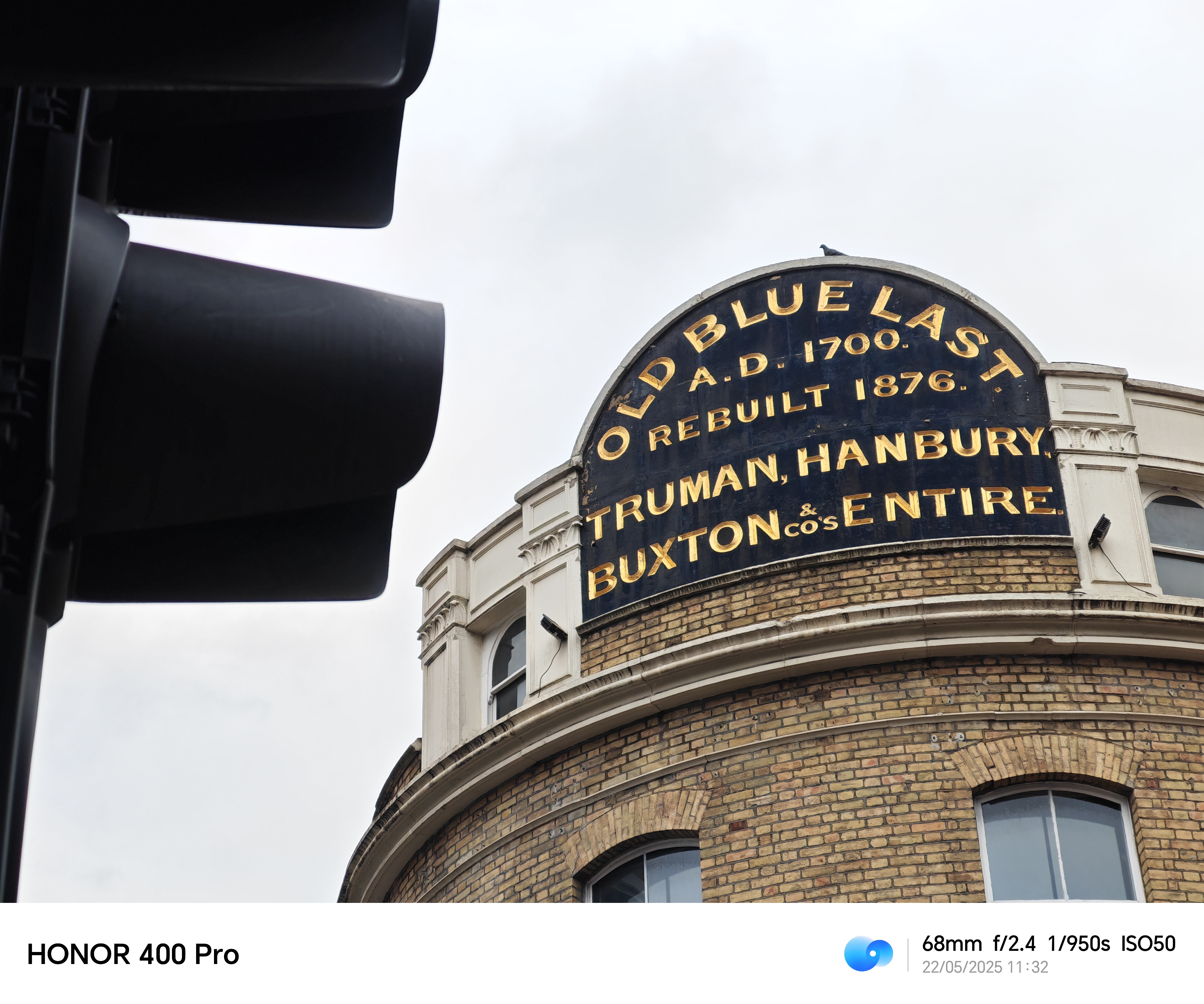







The Honor 400 Pro’s primary camera, by contrast to the other two, shines across lighting conditions without relying too much on computational photography to hold things together. With its large sensor and Honor’s smart processing, not to mention the versatile 24mm equivalent focal length, it brightens up dimly-lit scenes well, creates rich foreground and background depth separation for close-up subjects, and showcases the most natural-looking dynamic range of the bunch.
When set against the competition, the Honor 400 Pro’s cameras get a lot right. Photos are reliably vibrant and rich-looking, computational photography compensates for challenging scenes like backlighting and highlights in dark environments, and there are plenty of shooting modes to help you get the best from it. That said, Honor’s photo processing is a double-edged sword. It produces some of the most extreme haloing around backlit subjects in darker scenes I’ve seen – most notably in shots taken on the ultra-wide camera – and white balance across the three rear cameras can fluctuate a bit too much in the same scene.
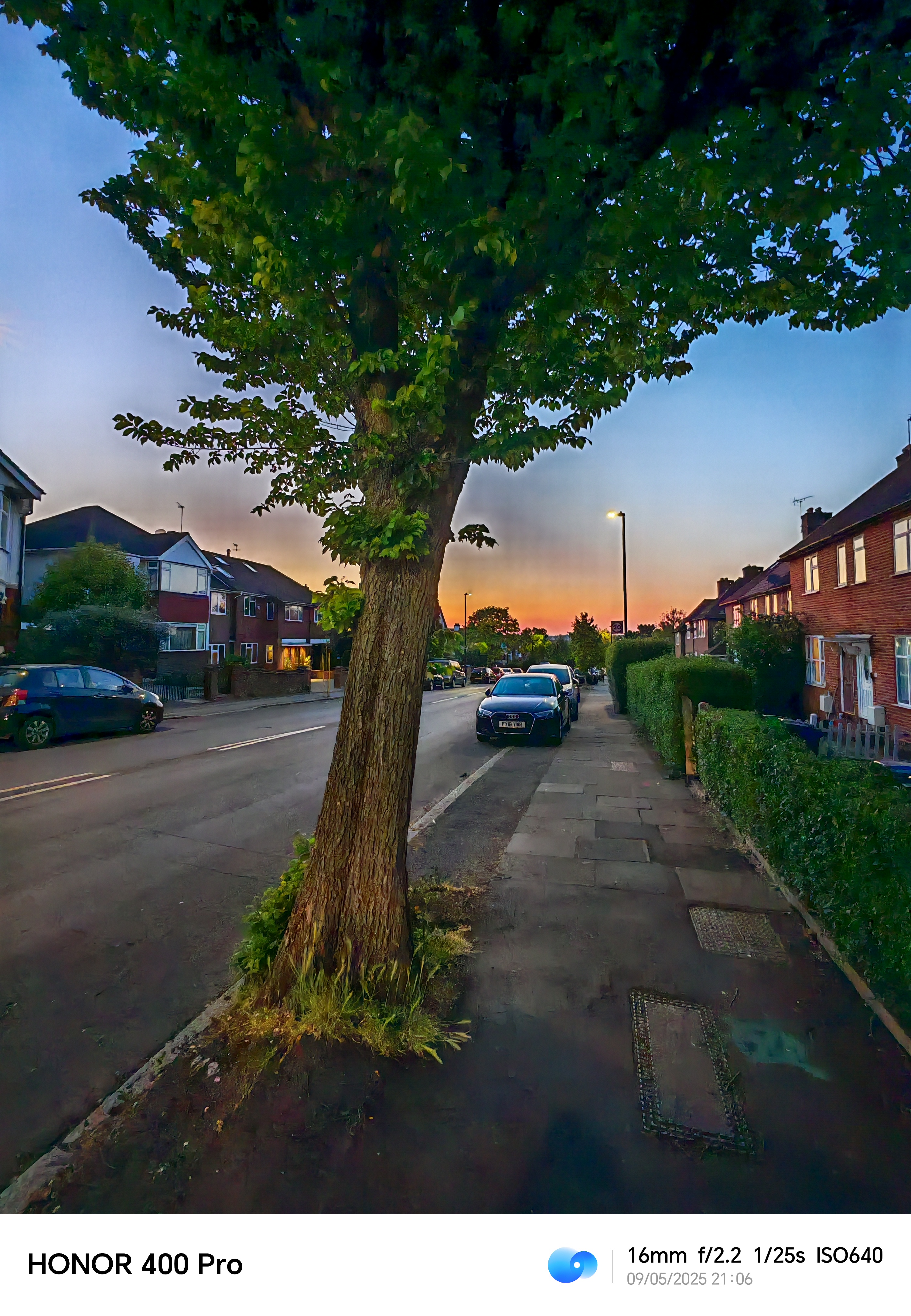
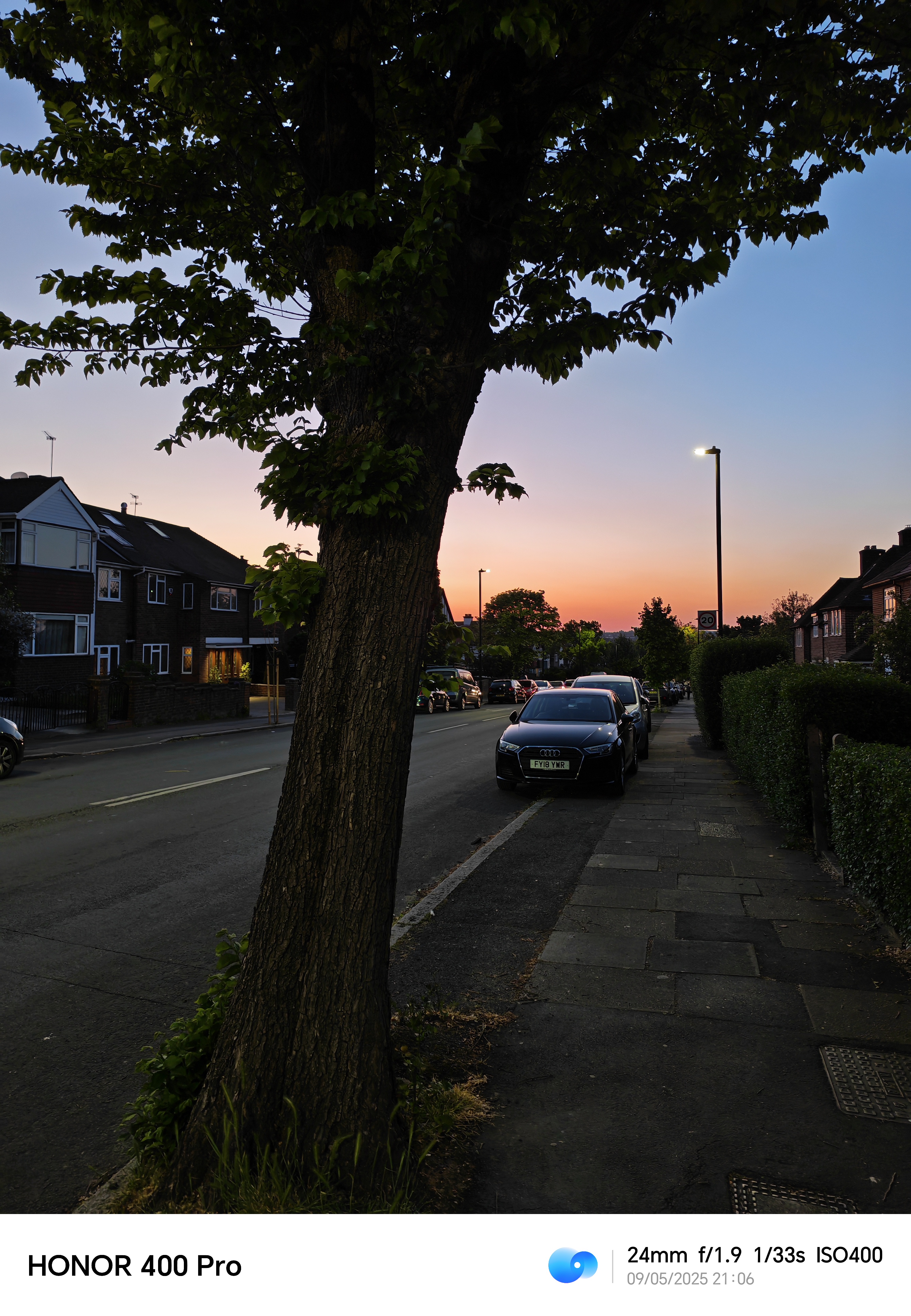
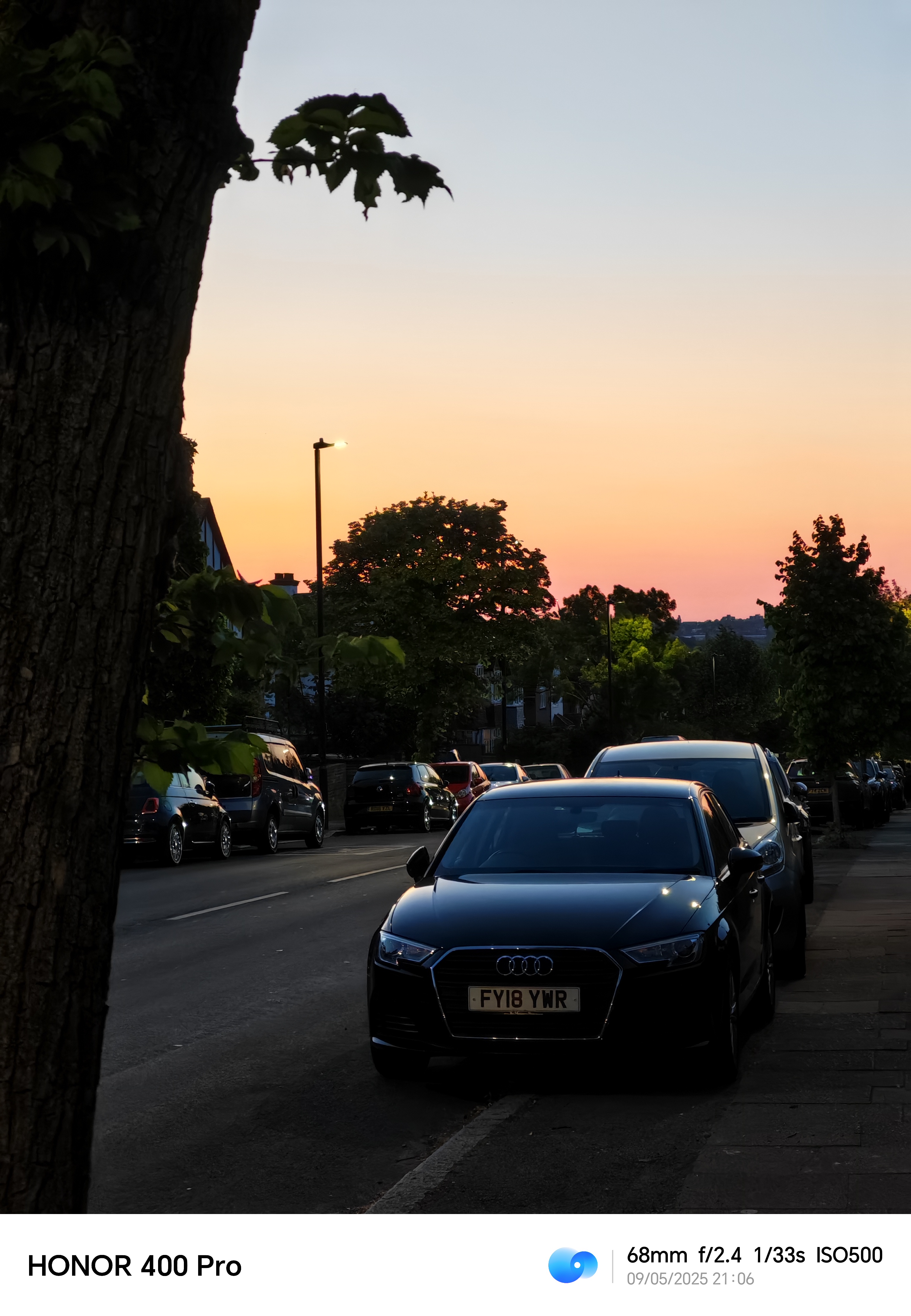
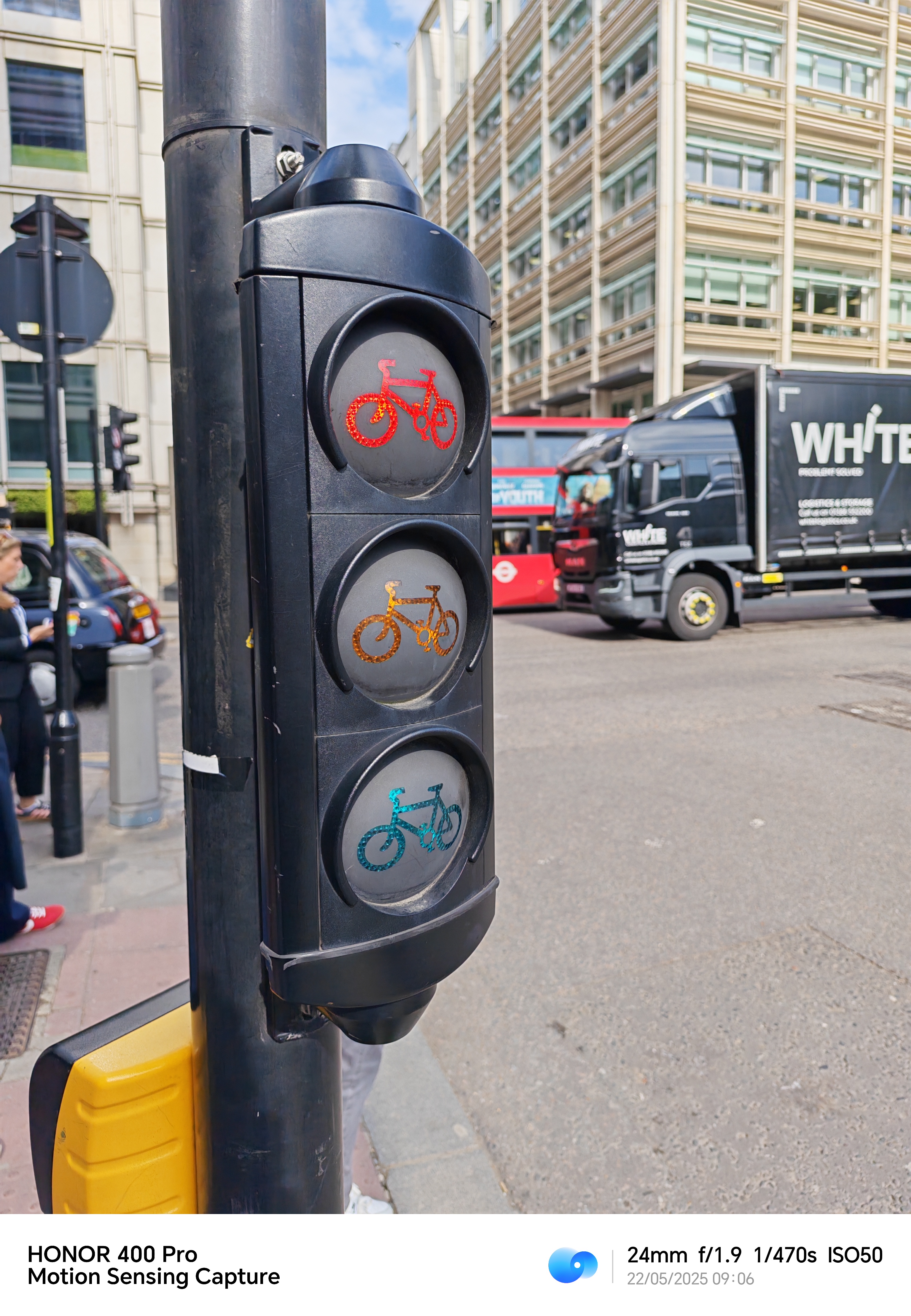

Just like the Honor Magic 7 Pro, at 10x zoom and beyond, the Honor 400 Pro’s photos can be overkill on the AI front. Typography looks like alphabet soup, faces can appear warped, and organic shapes can look like vector art. In turn, I tended to cap my zooming at around 6x unless lighting was excellent.
Video from the Honor 400 Pro typically looks good, with the primary camera shining yet again across lighting conditions. Honor’s computational video-processing seems to have been updated since last year’s Honor 200 series, with more visible smoothing across the ultra-wide and telephoto cameras, but the results still look competitive despite sitting below what I’d expect from a top-tier flagship like the iPhone 16 Pro.
Honor 400 Pro review: performance and battery
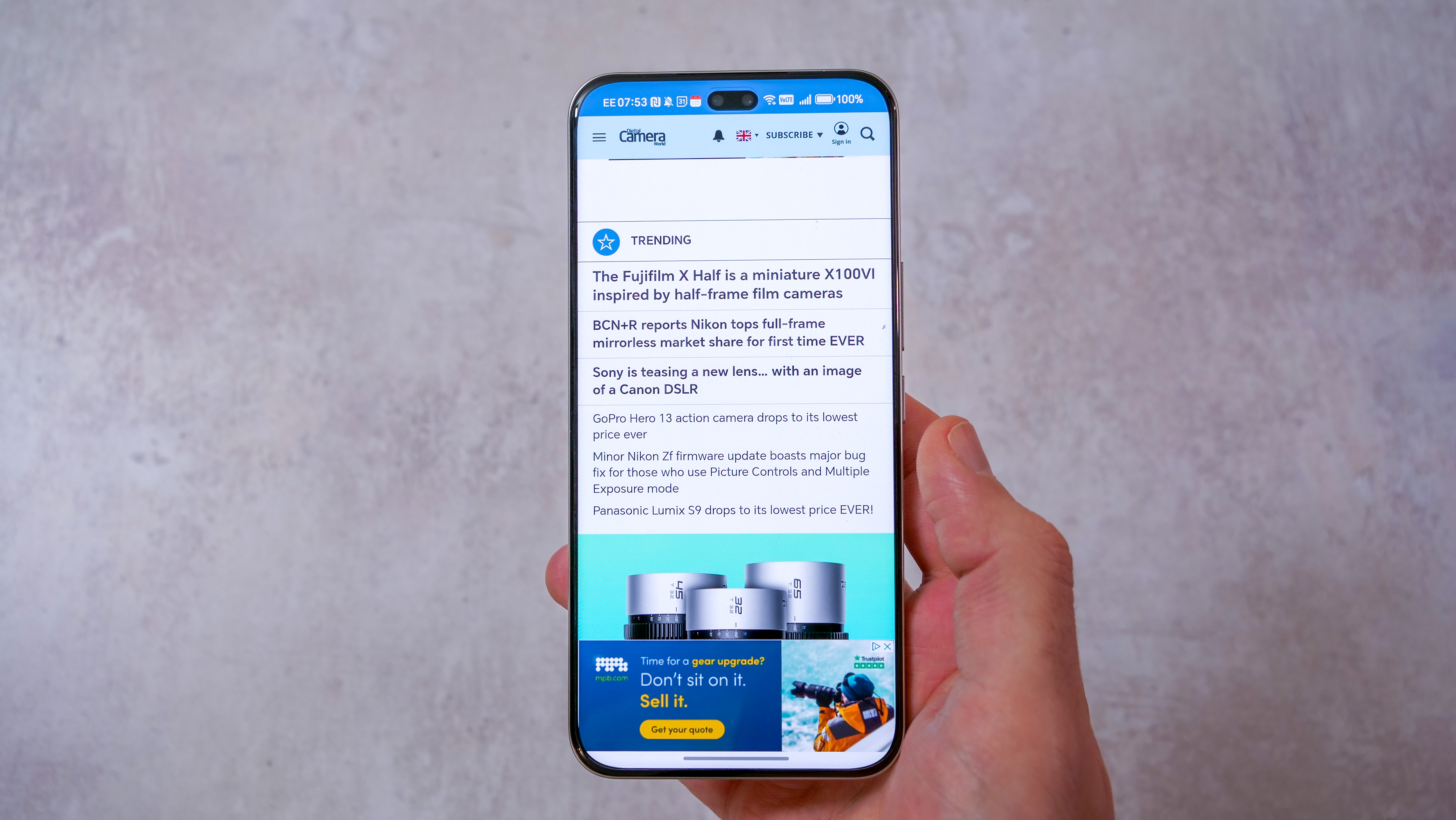
With last year’s flagship chipset, the Snapdragon 8 Gen 3 and 12GB RAM in the device I tested, the Honor 400 Pro packs ample power for multitasking and running the latest 3D games, and typically, it delivers smooth performance across applications and when split-screen working across two apps.
Unlike some metal flagship Snapdragon 8 Gen 3 phones I tested, the plastic-framed Honor 400 Pro doesn’t get too hot even after long bouts of playing demanding titles like Wuthering Waves. Before recommending it to power users, though, I’m going to grumble about Honor’s ridiculously aggressive power management. While playing a game, if it went into the background for a moment, it would shut down completely. Whether accidentally pressing the power button for a second in the heat of battle, tapping an NFC tag by mistake, or just quickly reading a message, going back into the game required logging in all over again, which was very frustrating.
Honor’s packed plenty of storage in the 400 Pro – 512GB – and that’s great for anyone who plans on using the phone for 4K video and big games like Genshin Impact and Honkai Star Rail. The addition of six years of security and operating system updates is great to see at the Honor 400 Pro’s price, future-proofing the phone further still, and the high-capacity battery also helps make sure it’s good for years to come.
The 5300mAh silicon-carbon battery in the Honor 400 Pro easily makes it through a full day and can eke into two if you aren’t gaming and filming too much. An hour of video streaming drained the battery by five percent, while an hour of 3D gaming drained it by 21%, both respectable.
The Honor 400 Pro also powers up quickly with 100W wired charging and fast wireless charging. While Honor claims a 15-minute charge can power it up by 50 percent, it took us 22 minutes with an official Honor charger, which is still impressive, and the phone fully charged in under 50 minutes.
Honor 400 Pro: verdict
While the smartphone competition is hotting up for 2025, if you pick up an Honor phone, you’re typically guaranteed a solid user experience, a complete feature-set and a reliable camera in most situations, and the Honor 400 Pro is no exception.
Honor’s latest upper midranger combines a great screen with fast wired and wireless charging, plenty of power and a versatile, capable camera mix that can take excellent photos and videos.
While some aspects of the Honor 400 Pro experience let it down – photo processing inconsistencies across its three cameras and very aggressive power management – it’s still easy to recommend for anyone looking for a do-it-all smartphone without a flagship price tag.
So if you don’t need the very best smartphone of 2025 and are happy with one of the best value high-end alternatives, alongside the Poco F7 Ultra and Motorola Edge 60 Pro, the Honor 400 Pro could be a winning choice for photographers and creatives alike.
Basil Kronfli is a freelance technology journalist, consultant, and content creator. He trained in graphic design and started his career at Canon Europe before moving into journalism. Basil is also experienced in video production, independently running the YouTube channel TechEdit, and during his time at Future, he worked alongside the Digital Camera World team as a senior video producer.
You must confirm your public display name before commenting
Please logout and then login again, you will then be prompted to enter your display name.
